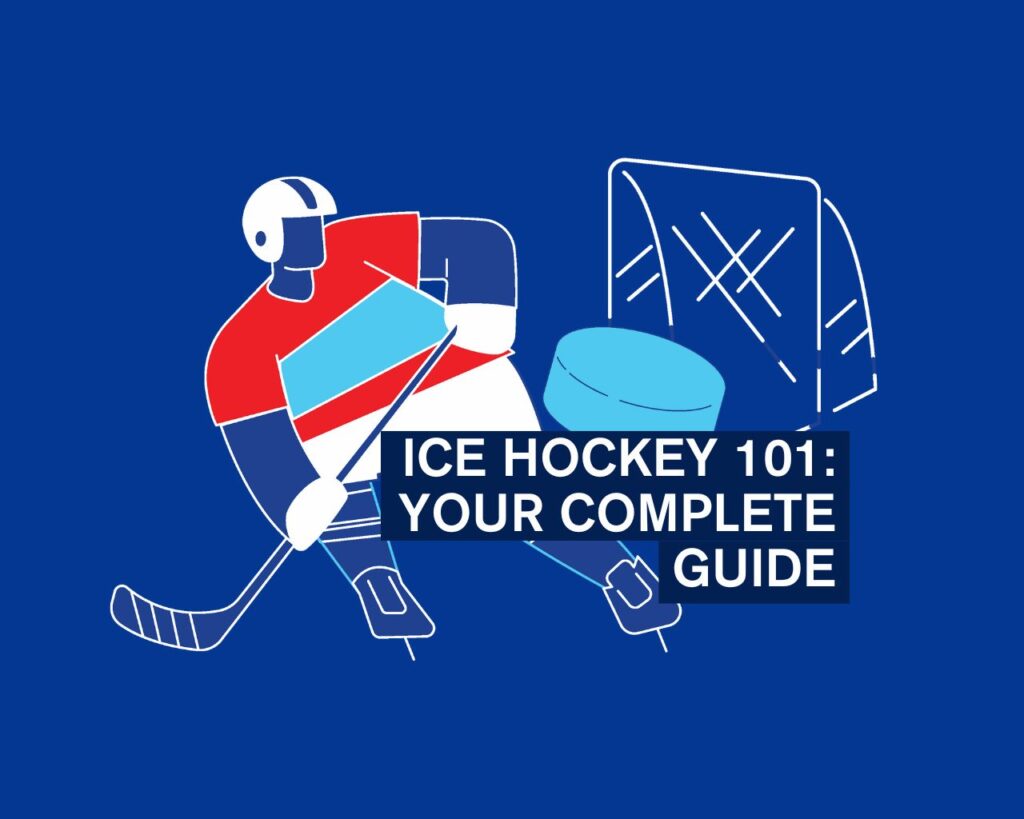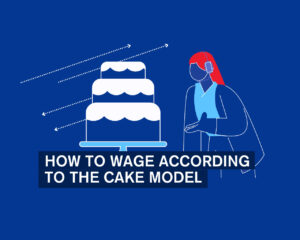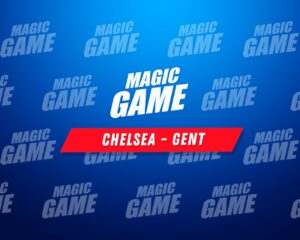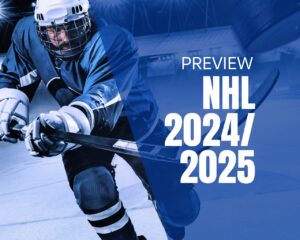Ice hockey 101: Your complete guide
Football is not the only sport people like to bet on; ice hockey is also becoming increasingly popular when it comes to gambling. Betting on ice hockey is not only fun, but you also need to be well informed about the competition. As with football, the favourite will often have the upper hand.
What is ice hockey?
Let’s start at the beginning: what is ice hockey anyway? It is a variant of regular hockey, but on ice. A key difference is that a puck is used instead of a ball.
Each game consists of three 20-minute periods of playing time. If there is a break, time is stopped. Between periods, there is a 15-minute break.
The playing field is also divided into three zones. Each team has five players and a goalie on the ice. The team that scores the most goals wins the game.
There are three types of penalties in hockey: minor (two minutes), double-minor (four minutes) and major (five minutes). The player who is penalised has to leave the ice, meaning the opponent temporarily plays with one man more.
Ice hockey is especially popular in North America, the Eastern Bloc and Scandinavian countries. This is no coincidence, as they are all countries where it can be quite cold in winter.
In Belgium, ice hockey is less well known, but there are high-level Belgian leagues. With the rise of new sports channels on TV and online, ice hockey is getting more and more attention in our country.
How should you bet on ice hockey?
Ice hockey, like football, has different types of bets. The most popular at bookmakers are moneyline (ML), handicap bets (spread) and overs/unders.
For hockey, it is smart to place mostly single bets. An exception can be if you make a system bet on goal scorers, for example. This type of bet can give you more profit with less risk.
Moneyline betting
In moneyline betting, we simply bet on which team we think will win. Often the odds for the favourite and the underdog are fairly close, with usually a difference of around 20 cents.
With moneyline bets, the bets include any extensions and penalties. This is the main difference with 1×2 football bets, which are only for the regular 90 minutes.
For example:
- Winnipeg Jets @ 1.80
- Chicago Blackhawks @ 2.05
Handicap bets
In handicap betting, a team gets some kind of virtual lead or deficit in the match. This usually happens by a half or a whole goal. We call these ‘puck lines’. These are assigned to both the favourite and the underdog.
Normally, the favourite starts with -1.5 goals, while the underdog gets +1.5 goals.
For example:
- Pittsburgh Penguins – 1.5 goals @ 2.85
- Toronto Maple Leafs + 1.5 goals @ 1.45
For the Toronto Maple Leafs, this means the bet is winning if they win the game or lose by a maximum of one goal. The Pittsburgh Penguins, on the other hand, must win by at least two goals difference to cover the spread. The +/- 2.5 spread is one of the alternative pucklines.
If you play a whole-point handicap, such as a -1 handicap, and the game is won with exactly one goal difference, the bet is invalid.
Total goals bets
When it comes to betting on the total number of goals, bookmakers usually set a line from 5 to a maximum of 6.5. You can bet on more goals than the indicated line (over) or on fewer (under).
Compared to basketball and American football, far fewer goals are scored in hockey. Therefore, bookmakers are not likely to change the line, but rather adjust the odds.
Side Bets
There are also other interesting side bets. For example, some teams perform better in certain periods, while they are weak in others. In that case, betting on specific periods can be attractive.
Moreover, some teams have a strong attack, while others do not. Here, betting on team totals can be interesting.
‘Player Specials’ are also a nice option. Here, we bet that a player scores a certain number of points or goals in a match, or conversely that he does not. This can take the form of an over/under bet.
When counting points, goals, assists and pre-assists are counted. Some bookmakers also offer the option to bet on the number of shots players take.
What should you look out for?
In hockey, luck often plays a role. Underdogs win regularly, and it often happens that a team with fewer shots on goal and puck possession still wins. By considering the factors in this article, you will increase your chances of winning.
Using backup goalies is usually not good for a team’s chances. Busy playing schedule and deeper statistics are also important factors.
Busy playing schedule
If you are going to bet on ice hockey, especially the NHL, there are a few things to watch out for. NHL teams play 82 games in the regular season and have a pretty intense schedule.
It is common for them to play two games in two days, what we call back-to-back games. Three games in four days or even four in six days is normal rather than exceptional.
If teams have to travel a lot in a short period of time, that is definitely something to keep in mind. Besides, every season there are teams that perform much better at home than away, or vice versa.
Injuries
In the NHL, as in almost every team sport, it is smart to check if teams are missing key players due to injuries. If one or more key players are missing, you often see that reflected in the odds.
In baseball, starting pitchers play a big role in the odds. In the NHL, however, the impact of the starting goalie is less significant, at least that’s what bookmakers say. Ice hockey teams usually have a first goalie and often one or two backup goalies.
Shooting and save percentage
In ice hockey, luck often plays a big role in almost every game. A puck can just end up in the goal via a pair of legs, and apart from a handful of proven goalies, luck also plays a role in the save percentage. With ‘PDO’, you add up the shot percentage and the save percentage.
‘PDO’ is usually around 100 per cent. If teams go above that, they can expect a drop, and vice versa, the same applies. For more info on PDO and other statistics, you can go here.
Goalies: Goals Saved Above Average Percentage
Goalies are super important in hockey. Two of the most interesting stats are the goalie’s save percentage and the Goals Saved Above Average percentage (GSAA). You can find all the detailed stats of NHL goalies here.
In the NHL, teams are often close together, making long win or loss streaks of 10 games or more rare. It is therefore smart to regularly bet on underdogs.
Bookmakers mainly pay attention to the teams’ current form and less to deeper statistics such as corsi for percentage (puck possession), number of big chances and expected goals.
Odds for betting on ice hockey
In hockey, the balance of power often plays a big role in the final outcome. Speed, power and finesse determine the strength of a team, so the favourite is usually the winner. This is often reflected in the odds.
Betting on ice hockey at Magic Betting
Betting on ice hockey games is a really fun activity. Think of those 5-on-4 and 5-on-3 powerplays, where the odds on goals increase considerably.
Teams that are behind often go all-in and get their goalie off the ice for a man-more situation. This often results in ‘empty netters’, which makes (live) puckline games extra exciting.
Are you ready to place a bet on a hockey game? Then head over to Magic Betting and place your bet!














